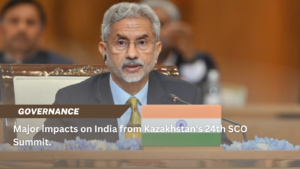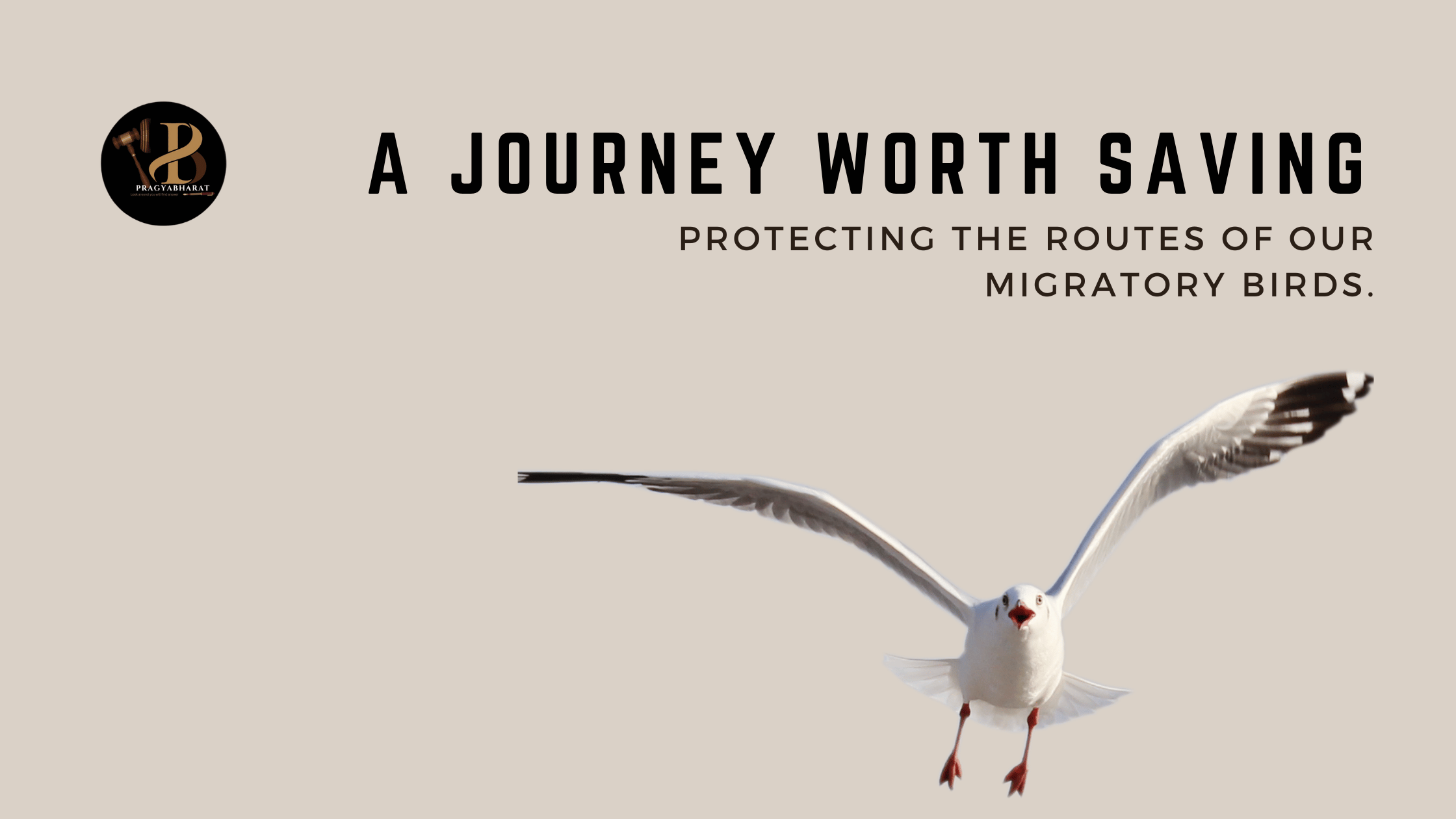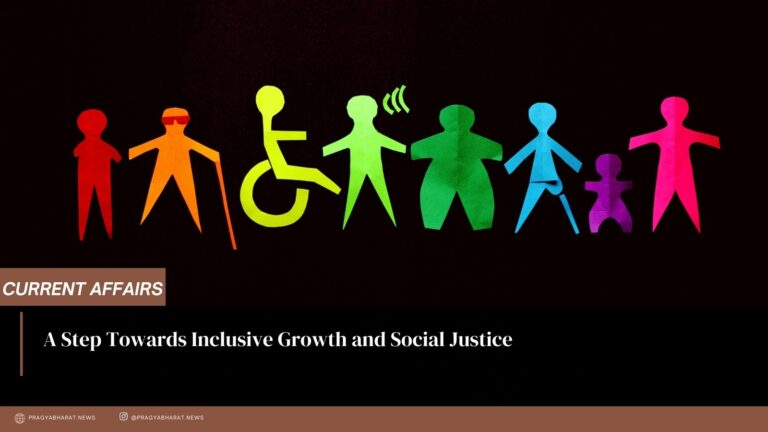A Journey Worth Saving: Protecting the Routes of Our Migratory Birds.
World Migratory Birds Day (WMBD) on the second Saturday of October is a vital reminder of the remarkable journeys undertaken by migratory birds and the critical role they play in our ecosystems. This annual event serves as a clarion call for urgent action to protect the fragile environments that sustain these incredible creatures.
The Incredible Journeys of Migratory Birds
Migratory birds, comprising around 1,800 species worldwide, exemplify resilience and adaptability. These remarkable creatures embark on epic journeys, often spanning thousands of miles, to navigate changing seasons and find suitable breeding and feeding grounds. For instance, the Arctic Tern travels an astonishing 71,000 kilometers annually between its breeding grounds in the Arctic and wintering territories in the Antarctic. Such extraordinary feats remind us of the inherent connection between different ecosystems and the challenges faced by species that rely on them.
However, as we marvel at their journeys, we must confront the harsh reality that migratory birds face numerous threats. BirdLife International reports that approximately 1 in 8 bird species is now at risk of extinction, with migratory species particularly vulnerable due to their dependence on diverse habitats across geographical boundaries. In North America alone, 3 billion birds—nearly 30% of the continent’s total bird population—have disappeared since 1970, highlighting the urgency of the situation.
A Wake-Up Call for Action
WMBD provides an opportunity to raise awareness about the plight of these birds and inspire action. This year’s theme, “Birds Connect Our World,” emphasizes the interconnectedness of ecosystems and the need for collaborative efforts to conserve migratory routes and habitats. Our collective responsibility is to ensure that these incredible creatures can continue their journeys unimpeded by human actions.
What Can We Do?
As individuals, we have the power to make a difference. Here are several actionable steps to consider:
- Educate Yourself and Others: Understanding the significance of migratory birds is the first step in advocating for their conservation. Share your knowledge with friends, family, and community members to foster a culture of awareness.
- Support Conservation Initiatives: Many organizations, such as the Audubon Society and BirdLife International, are dedicated to the protection of migratory birds and their habitats. Consider donating or volunteering to support their important work. The United Nations’ Convention on Migratory Species (CMS) works to protect migratory species across 130 countries, emphasizing the need for international cooperation in conservation efforts.
- Participate in Citizen Science: Engage in local birdwatching events or citizen science projects to collect valuable data that can inform conservation efforts. Studies show that citizen scientists contribute to over 80% of data used in scientific research, proving that community involvement is vital for conservation.
- Advocate for Policy Change: Reach out to your local representatives to express the importance of preserving natural habitats and supporting policies that protect migratory birds. In the United States, for example, the Migratory Bird Treaty Act has protected migratory birds since 1918, but ongoing advocacy is crucial to maintain and strengthen such laws.
A Shared Responsibility
WMBD serves as a reminder that our actions have far-reaching consequences. The fate of migratory birds lies in our hands, and it is imperative that we take action to protect their habitats and ensure their survival.
In the grand tapestry of life on Earth, migratory birds are vital threads connecting us all. Our responsibility is to ensure that their journeys continue for generations to come. Let this WMBD be a turning point in our collective efforts to protect the natural world—because when we save migratory birds, we also save our planet.
Let us unite in our commitment to conservation and create a future where migratory birds can thrive alongside us. The time to act is now.

















+ There are no comments
Add yours